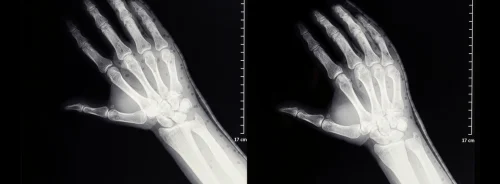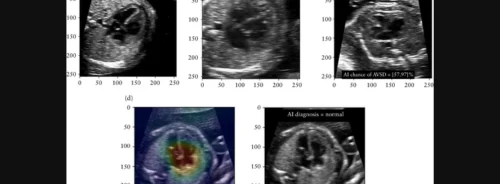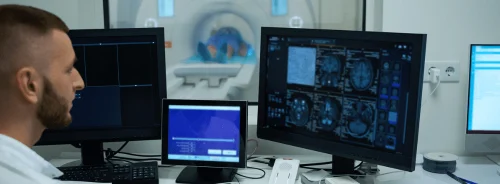HealthManagement, Volume 6 - Issue 5, 2006
Our Experiences with Mobile Technology
Author
Prof. Nevra Elm
Professor of Radiology
Department of Radiology
Ege University Medical
Faculty
Izmir, Turkey
Workflow dynamics within modern radiology departments have transformed with the growinginfluence of information technology, of which the most significant additions have clearly beenDICOM image data systems, PACS, Radiology Information Systems (RIS), Hospital InformationSystems (HIS) and teleradiology.
Defining Mobile Radiology
Nowadays, all one requires is a local area network (LAN) system connected with a pocket PC or personal digital assistant (PDA) to be included in the gamut of mobile radiology. This system is termed the Mobile Radiology Information and Telemedicine System (MORITS). System configuration comprises of a mobile DICOM server and PDAs. Connection from PDAs with the DICOM server can be obtained via the LAN. The Linuxbased Mobile Dicom Server (MDS) can be accessed with PCs and PDAs by means of a wireless or wired LAN access point, and an Ethernet bridge can be attached to the MDS.
Displaying Images
DICOM images can be displayed by using any PDA or PC by means of a web browser. Simultaneous access to the MDS is possible for multiple authenticated users. Mobile PC and PDA clients are connected to the MDS over a wireless LAN (802.11), with a maximum of 250 clients connected simultaneously. With most PDAs, image compression is necessary for complete display of DICOM images. This wireless system allows efficient management of heavy loads of lossless DICOM image data and is useful for collaborative work by radiologists in education, conferences and research.
In our system, three types of PDA clients are used: a Linux PDA, the Pocket PC (Microsoft, Redmond, WA), and the Palm OS (PalmSource, Sunnyvale, CA). Our PACS archives contain DICOM images in various resolutions from 256 x 256 pixels to 2,140 x 1,760 pixels. The standard display resolutions of common PDAs are 320 x 240 pixels for the Pocket PC and 480 x 320 pixels for Palm OS version, and as non-compressed DICOM images exceed these common PDA display sizes, it is necessary to use compressed images to display the whole image on these PDAs. In using the pocket-sized MDS, the system uses two basic network modes: a closed personal network environment and a network connected to an existing LAN. Our MDS is used as a short-term DICOM archive for teaching files for use in education and research. To store DICOM images in the MDS, users connect through an existing wired LAN. After archiving target DICOM images each user carries their own personal access device, allowing co-authors to share image data directly using the MDS without copying or burning CDs.
Security Considerations
This system is not without certain security considerations. For example, when the MDS is started, a digit code is requested. A basic web server security code is installed in the MDS and a HTTP basic authentication requires the client to send a user name and password in clear text as part of the HTTP request. Another security system is radiofrequency (RF) power control of the signal strength: the RF power of the wireless LAN can be set from several to approximately 50 metres. To secure the wireless LAN, a low RF power must be selected. Currently, wireless LAN security is a work in progress. There are three basic methods in 802.11 networks for securing access points: extended service set identifier (ESS-ID), media access control (MAC) address filtering and the wired equivalent privacy (WEP) encryption mechanism.
Advantages and Disadvantages
The advantages of PDAs in radiologic work are many. They are small and portable. Radiologists can communicate using handheld devices compatible with wireless communication networks from outside areas. Images and diagnoses can be transferred as different files, such as Microsoft Excel or Word files for teaching and education. Radiologists can use PDA or PC clients to access the MDS. Storage of images can be read both for personal and group work for research. With these advantages, MDS is more beneficial than conventional PACS.
�




